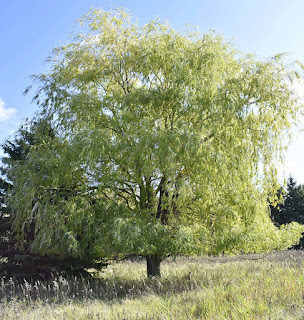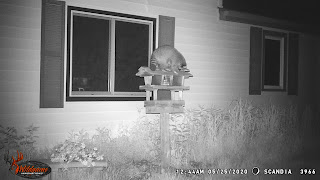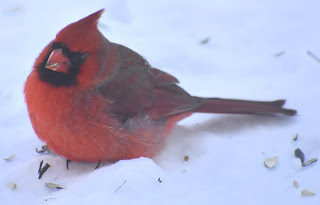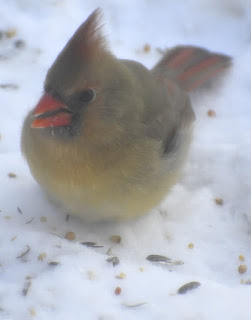I recently read Our Only Home by Dalai Lama and Franz Alt. It's a short book so it's a quick read. It is set up in an interview format with Franz Alt asking questions and Dalai Lama answering them.
One question that stood out was, "You suggest planting trees for the future and for peace. Why is that so important?"
Dalai Lama answered, "Trees have been our companions through history and they remain important today. They purify the air for living beings to breathe. Their shade provides a refreshing place to rest and serves as a place for insects and birds to live. They contribute to timely rainfall, which nourishes crops and livestock and balances the climate. They create an attractive landscape, pleasing to the eye and calming for the mind, and continually replenish their surroundings. Properly managed, they are also a source of economic prosperity.
"When the environment becomes damaged and polluted, oceans and lakes lose their cool and soothing qualities, so the creatures depending on them are disturbed. The decline of vegetation and forest cover causes the earth's bounty to decline. Rain no longer falls when required, the soil dries and erodes, and forest fires rage. We all suffer the consequences, whether we are ants in the jungle or human beings in cities."
He spoke more about how trees fit into the context of Buddhism and how Tibetan monasteries in Tibet and India have been cultivating tree plantations over the past few decades.
"The longing for nature and green is ingrained in us. Human beings love green so much that they plant more and more trees in our cities and towns, and even trees on the roofs. When you spend time in the forest and hear birds singing, you feel good inside. The healing power of forests is becoming increasingly important. When we are surrounded by artificial things, it's harder to be peaceful. It's as if we begin to be artificial; we develop hypocrisy, suspicion, and distrust. In that state it's hard to develop genuine, warmhearted friendship.
"We all feel the need to be surrounded by life. We need life around us that grows, flourishes and thrives....We all love our technology. But our relationship with plants and nature is inextricably very old and very deep."
In another answer about nature, Dalai Lama said, "Nature is sacred to us. Nature is our true home. We humans come from nature. We can live without religion, but not without nature. Therefore, I say that environmental ethics are more important than religion. If we keep destroying nature as we are doing today, we will not survive."
He also addressed intensive animal husbandry. "We humans can live largely without or with little meat. And above all without animal suffering - in particular in our modern world, where we have many alternatives, especially fruits and vegetables....Intensive animal husbandry has serious consequences not only for animals, but also for man's health, the soil, insects and the air."
He continued, "Many consumers want to reduce meat consumption in order to protect the climate, but also to alleviate animal suffering caused by factory farming."

























































